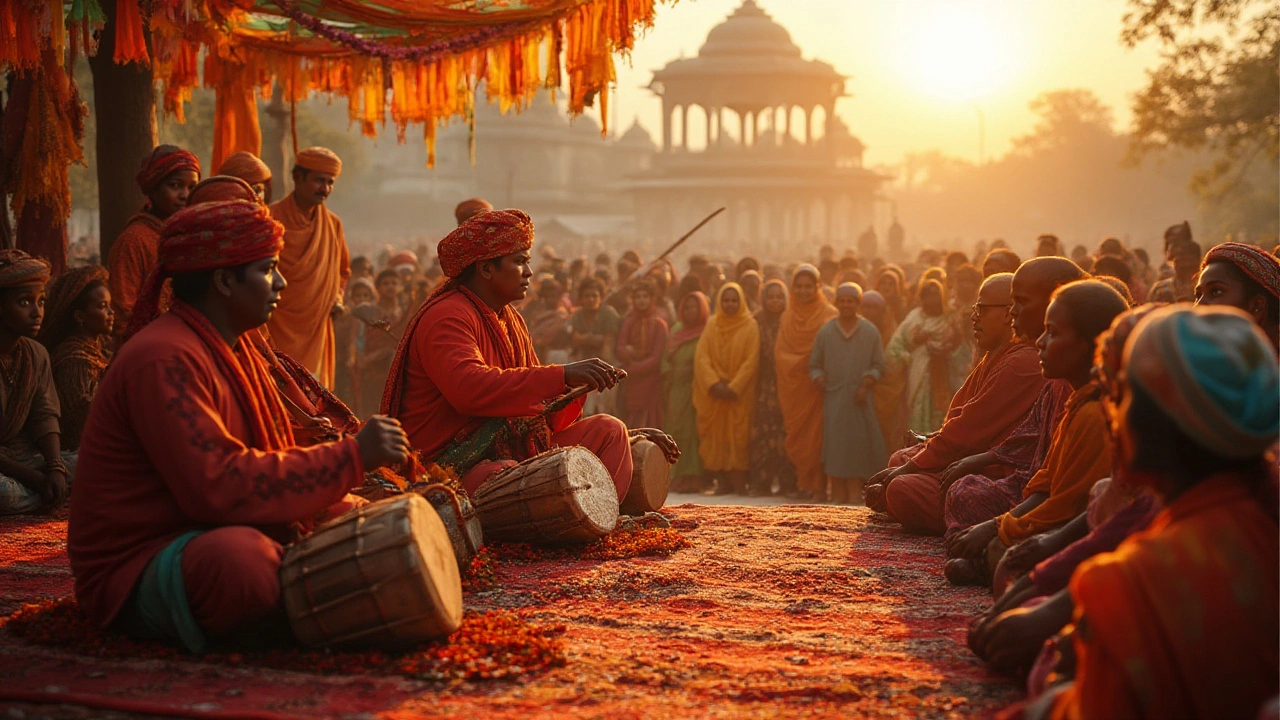Ancient Tunes – Why Old Songs Still Matter
Ever wonder why a melody written thousands of years ago can still give you chills? That’s the power of ancient tunes. They’re not just sounds; they’re snapshots of the people who sang them, the rituals they performed, and the stories they told. In this guide you’ll learn how to spot a truly ancient track, why it matters, and where to hear some of the oldest music alive today.
From Epic Poems to Village Songs
One of the earliest examples of a tune comes from the Epic of Gilgamesh. Though we mostly have the written verses, scholars agree that the story was originally sung to a simple drum or lyre. That ancient chant set a template for heroic poetry that shows up in many cultures.
Jump to India, and you find the oldest folk music still echoing in rural festivals. Instruments like the tambura and bansuri create drone‑based melodies that have barely changed in centuries. These songs carry myths, seasonal cycles, and even farming tips—everything you need to survive a monsoon.
How to Listen to Ancient Tunes Today
First, look for recordings that mention “reconstruction” or “archaeological music.” Projects by universities often pair historians with musicians to recreate the sound using authentic instruments. You’ll hear a lot of repetitive rhythms; that’s because early music relied on steady beats to help people remember the words.
Second, pay attention to language. Many ancient songs are in dead tongues like Sumerian, Old Tamil, or Classical Sanskrit. Even if you don’t understand the lyrics, the emotional texture still shines through. Try humming along – the natural cadence will guide you.
Finally, use playlists on streaming platforms that group songs by era or region. Search for terms like “ancient folk music,” “Sumerian chant,” or “Vedic hymns.” You’ll find curated lists that make it easy to explore without getting lost.
Why bother? Ancient tunes are cultural DNA. They teach us how early societies handled love, war, and nature. When you hear a 4,000‑year‑old melody, you’re connecting directly with the human experience that shaped today’s music. Plus, the simple structures can inspire modern writers and composers looking for fresh ideas.
So next time you need a break from pop charts, go old school. Play a reconstructed Sumerian hymn, a Gujarati folk ballad, or a Vedic chant. You’ll discover a world where every note carries history, and you’ll feel a little closer to the people who first sang under the same sky.
